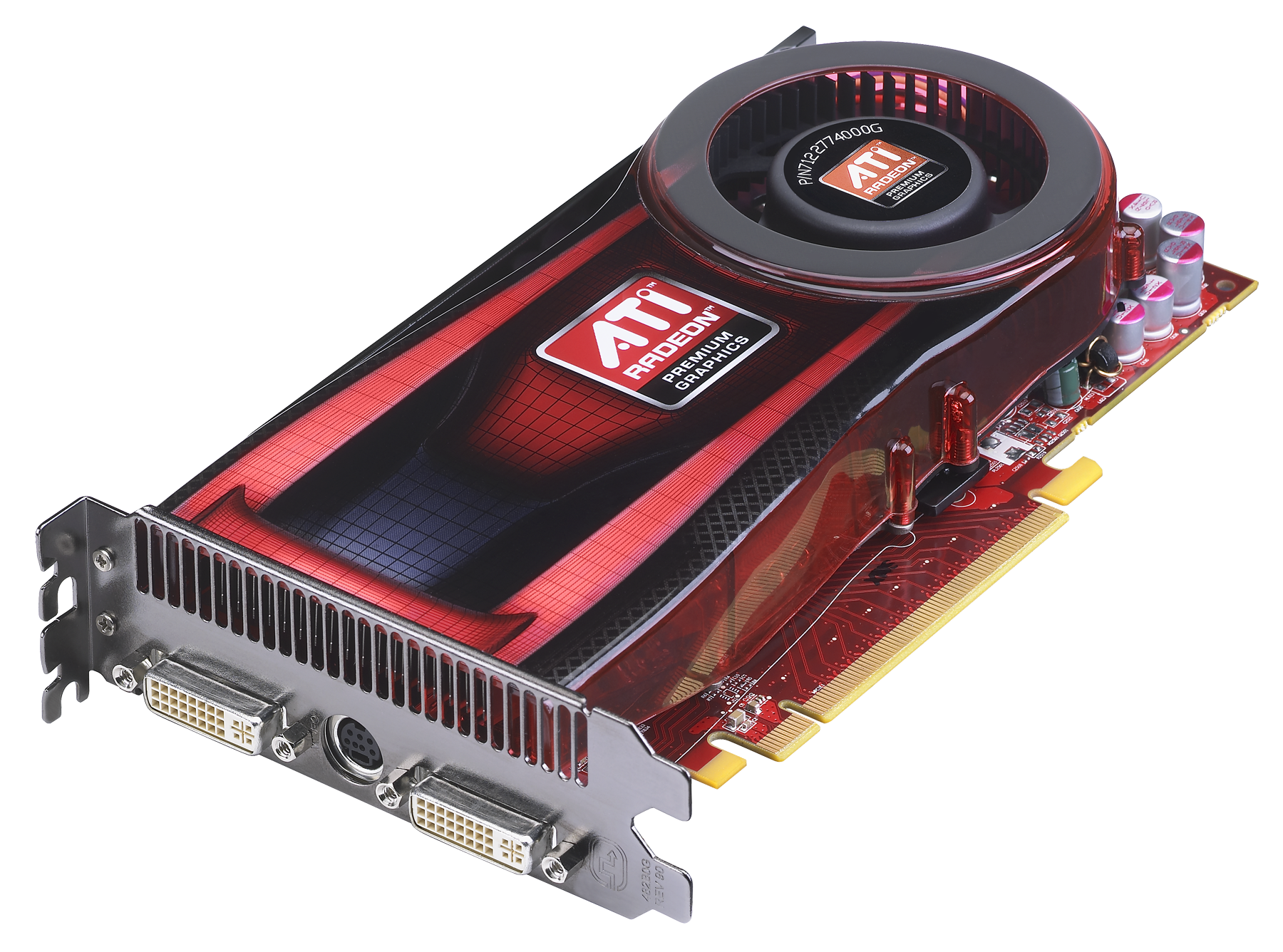ATI Radeon HD 4770: 40nm Goes Mainstream
Conclusion
A week ago, this conclusion read a lot differently. The Radeon HD 4770 was set to be priced at $99 and the card trounced the Radeon HD 4830 selling for $10 less on the street. At the same time, it boldly stood up against the Radeon HD 4850 and GeForce GTS 250 averaging $30 more (note that the 1 GB GTS 250 is an additional $10 to $20 more than even the Radeon HD 4850). Thirty bucks isn't much money, but when you're talking about $100 graphics cards, that's a significant chunk of value. It almost seemed too good to be true.
Well, you know what they say about too good to be true. At the last minute, ATI changed the price to $109. Nothing about the card's performance was altered. It remains a fast little board with good power consumption numbers. But it lost that "in your face for under $100" sass. For 20 bucks less, you can still pick up a Radeon HD 4830 (a card that still performs very well). Or, for 20 bucks more, you could grab the Radeon HD 4850 or a 512 MB GeForce GTS 250 (cards that are generally faster). The 4770 is now priced appropriately, not spectacularly.
When Nvidia launched its GeForce GTX 275, we were quick to recommend it to enthusiasts lusting after the GTX 285, but hesitant to spend so much money on a graphics upgrade right now. Today, we’re doing the same with ATI’s Radeon HD 4770. If you had your eye on a Radeon HD 4850 or GeForce GTS 250 at $120-$130, this card will paint a very similar performance picture for $110. Yes, if you chase the lowest price and factor in mail-in-rebates, the Radeon HD 4850 and GeForce GTS 250 come very close to this card. But on average, those boards are more realistically $120-$130 offerings. And if that's the game you play, ATI is also claiming a mail-in-rebate will push the 4770 under $100, too.
Even as Nvidia’s CUDA and PhysX technologies gain traction, gaming performance remains the principle impetus for enthusiasts to upgrade their graphics cards. The Radeon HD 4770 won’t play all of your games smoothly at 1920x1200 using high quality settings, but it can drive that configuration in a number of them.
The one value-add we now see disrupting the performance-only approach to buying graphics is Nvidia's CUDA. We’ve been working on a roundup of CUDA-enabled applications all month, and it’s becoming clear that general purpose GPU computing is very much within the reach of the mainstream right now. ATI is trailing behind in this initiative, and the lack of applications optimized for the company’s Stream technology does weigh in as a negative.
However, we have to trust that the Tom’s Hardware audience is informed enough to know whether or not they have a legitimate outlet for employing CUDA and, to a lesser extent, PhysX. GeForce 3D Vision, the third pillar in Nvidia’s value-add message, simply isn’t viable given the performance of these mid-range graphics cards. To really enjoy that, you’ll need something more powerful.
At $99, the Radeon HD 4770 was an award winner. At $109, it remains a good demonstration of 40 nm manufacturing at work and, as mentioned, a recommended alternative to the Radeon HD 4850/GeForce GTS 250 for budget-crunched gamers. Well-played ATI, well played.
Get Tom's Hardware's best news and in-depth reviews, straight to your inbox.

